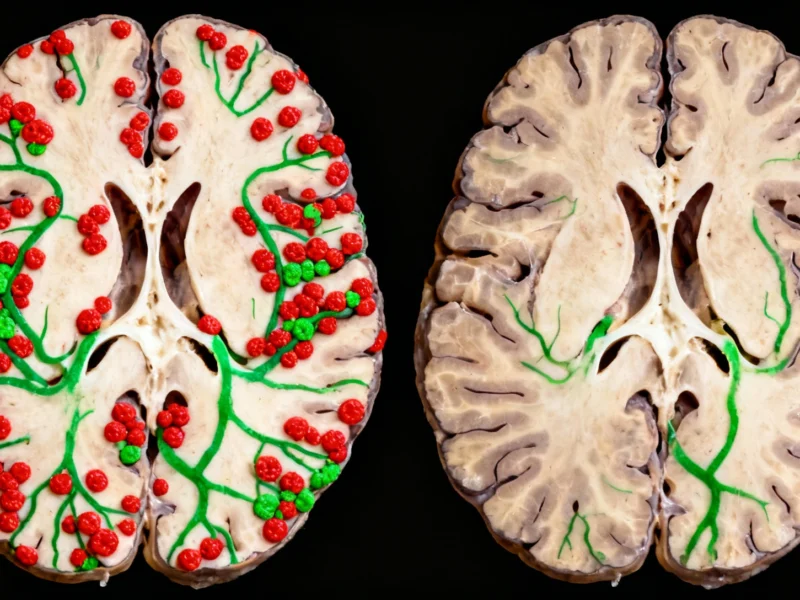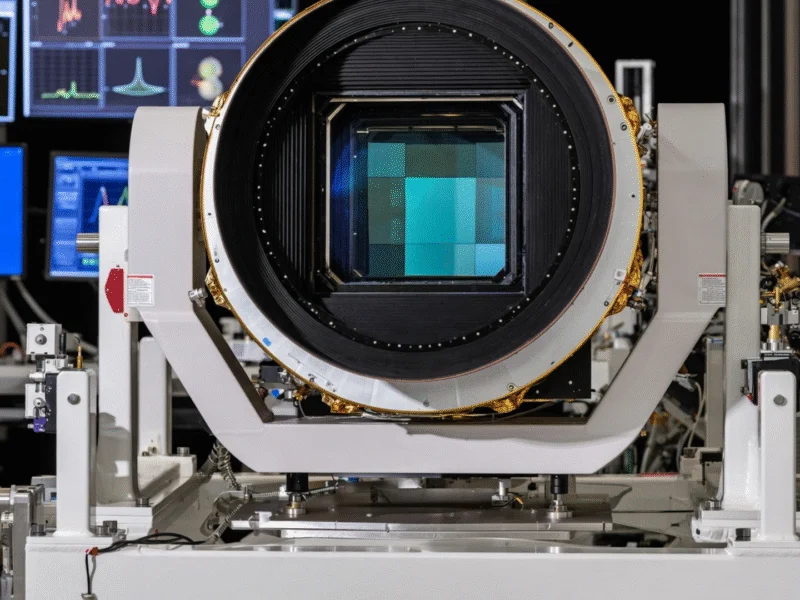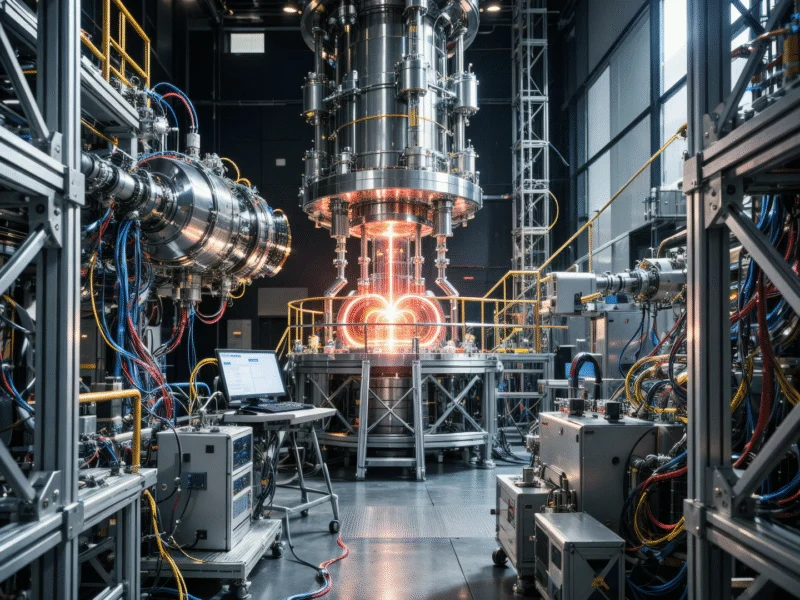Nanobody-Guided ANGEL Technique Enables Efficient Endogenous Protein Fluorescent Labeling
Researchers have developed ANGEL, a breakthrough nanobody-guided approach for efficient fluorescent labeling of endogenous proteins. This innovative technique enables real-time visualization of protein dynamics under native regulatory conditions.
In a significant advancement for molecular biology and cellular imaging, researchers have developed a nanobody-guided approach that enables efficient fluorescent labeling of endogenous proteins. This breakthrough technique, termed ALFA Nanobody-guided Endogenous Labeling (ANGEL), addresses long-standing challenges in visualizing and screening small peptide knockins without fluorescence interference.









